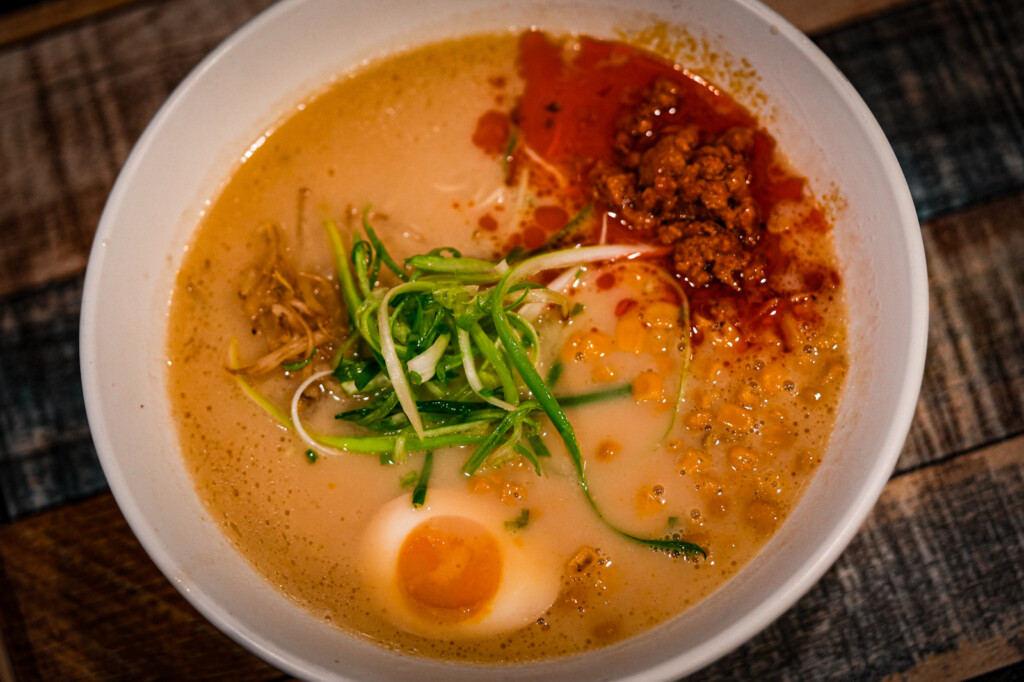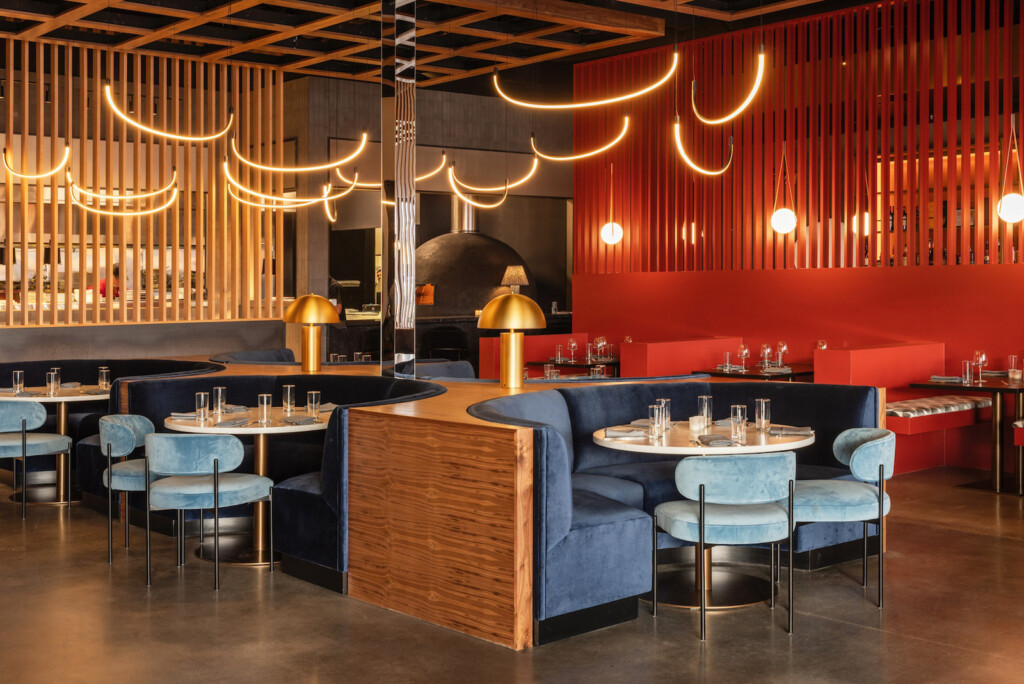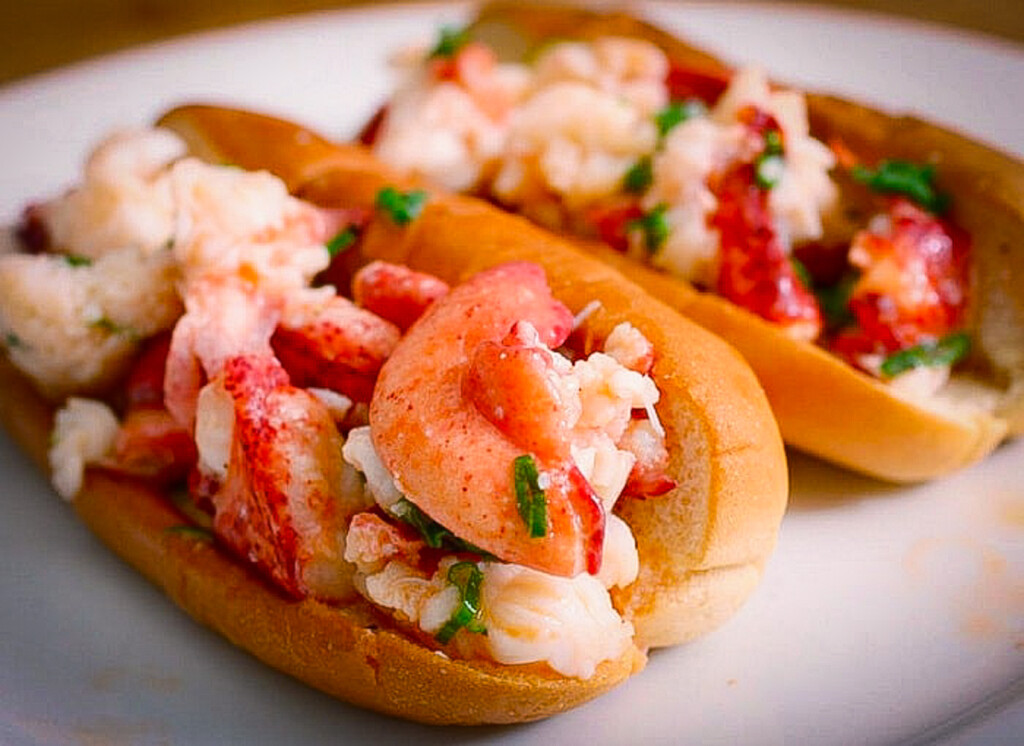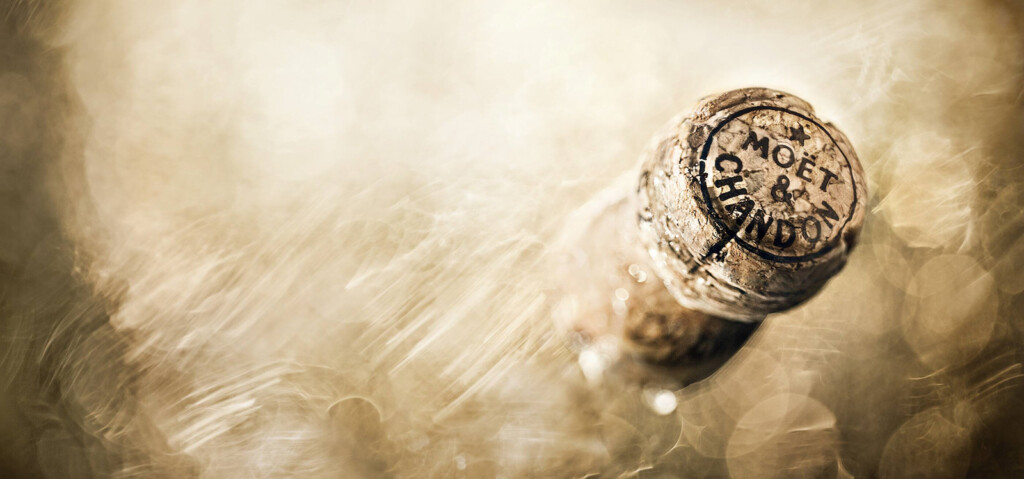There are two Utah sushi chefs whose food I’ve been enjoying for something like the past quarter century. One is Takashi Gibo, who I initially met when he was working at the sushi bar at Shogun, prior to opening his namesake restaurant on Market Street in SLC. The other is Sunny Tsogbadrakh, who I first came to know when he was making sushi at the original downtown Mikado, and then at Naked Fish. He would eventually go on to open his own eatery in Kaysville, called Nikko Sushi & Ramen.
I recently caught up with Sunny who, with his business partner Tony Magsar, opened Toro Ramen and Sushi in The Shops at Fort Union in Midvale, and Sunny is also a partner in another location in Bluffdale. Just when I start to question whether Utah really needs any more ramen or sushi joints, Sunny and his team answer my query with an emphatic YES! The entire world deserves more sushi and ramen of the quality that Toro Ramen and Sushi produces.
The vibe at the restaurant is very relaxed and informal, and the staff – from Sunny himself to the servers and kitchen workers – could not be more friendly or helpful. That explains, in part, why during our visits a majority of the diners at Toro seemed to be repeat customers.
Vegetable Tempura
During a recent visit, there was a gluten-free person in our party, as well as a vegan. Thankfully, the Toro Ramen and Sushi menu caters to the above, as well as meat and seafood lovers. Along with appetizers such as shrimp tempura, gyoza, karaage, katsu and such, there is vegetable tempura ($6) – lightly battered and fried wedges of veggies such as asparagus, onion, zucchini and sweet potato served with a soy dipping sauce.
Takoyaki
One of the appetizer items that our table particularly loved was takoyaki ($6) which, frankly, I’d never heard of before. Toro’s takoyaki was three wheat flour batter-based balls stuffed with diced octopus, deep-fried and drizzled with a spicy wasabi mayo-style sauce and sprinkled with spicy pepper flakes.
Steamed Buns
Another customer favorite at Toro Ramen and Sushi are the steamed bao-style buns ($9.95), two warm, fluffy buns filled with chashu ( braised pork belly), and fresh lettuce. Crispy battered shrimp skewers ($8) and a chashu bowl ($8) also beckon from the appetizer menu.
Jalapaño Hamachi
But the dish that my wife and I go gaga over – one that Sunny had on the appetizer menu at Nikko – is jalapeño hamachi ($14). It’s a simple type of crudo, but one that is sensational: fresh slices of raw, sushi-grade hamachi (aka Japanese amberjack or buri/yellowtail) – a fish that is wildly popular in Japan – served sashimi-style at Toro, topped with thin jalapeño slices, microgreens, and yuzu miso sauce.
Veggie Ramen
Toro Ramen and Sushi seems to offer more ramen options – or at least, more customization possibilities – than most ramen shops. There are seven basic ramen types: Original, Veggie, Karai, Chashu, Meat Lovers, Toro, and Galbitang, the latter of which is not really ramen. For the majority of the ramens, customers can pick a broth flavor from Tonkotsu, Miso, Shoyu, or Blend (of Tonkotsu and Shoyu). And then there are three types of noodles to choose from: thin (traditional), wavy, and thick. So at Toro, you really can have ramen your way. For example, our vegan guest was able to enjoy the Veggie Ramen ($14) thanks to Sunny and his kitchen staff who made it with miso broth alone (the Veggie Ramen is typically a blend of miso and chicken broth). Swimming in the miso ramen broth was bean sprouts, ramen noodles, shiitake mushrooms, scallions, corn, and fried tofu.
Original Ramen with Tonkotsu Broth
One of my stepsons really likes the Karai Ramen (main photo), which is spicy ground pork (no chashu) with a choice of broth. All of the ramens at Toro come with a soft-boiled egg, bean sprouts, corn kernels, noodles and julienned green onion. Personally, my favorite ramen is the most traditional: Toro’s Original Ramen with tonkotsu broth. Tonkotsu is a creamy, slow-cooked pork bone broth that is heavenly, served with two generous pieces of chashu and all of the aforementioned ingredients. I mentioned that guests can easily customize their ramen bowls. Ramen add-ons or sides include extra egg, negi (scallions), nori (dried seaweed sheets), kimchi, corn, steamed rice, crushed garlic, sweetened shiitake mushroom, kkakdugi (pickled radish kimchi), noodles, chashu, and stir-fried bean sprouts.
The galbitang I mentioned is labeled “Not Ramen” on the Toro menu; it’s a type of Korean soup with beef short rib, egg, radish, green onion, and clear yam noodles with sides of ricer, kimchi, and radish kimchi. By the way, Toro Ramen and Sushi also offers Yuzu drinks, green tea, sodas, and a small selection of wine, sake and beer.
And then, of course, there is Sunny’s superb sushi. He’s one of the most formidable sushi chefs I know, and his sushi, sashimi and nigiri are always special treats. There is even a small five seat sushi bar where you can watch Sunny’s sushi skills up close. Many of the sushi rolls are familiar ones: Funky, Caterpillar, Rainbow, Playboy, California, Spider, Philly, etc. Others are more unique, such as the Toro Roll ($19.76), which is negitoro (minced tuna), izumi dai (tilapia), and cucumber with eel sauce. There is also a Bluffdale Roll ($14.56) made with spicy crab, cucumber, avocado, and topped with escolar, albacore and lime with wasabi mayo and eel sauce.
Sweety and Ninja Rolls
Our favorite rolls at Toro is the Sweety roll ($15.60): salmon and cucumber wrapped in rice and topped with hamachi and jalapeño slices, with yuzu miso and yuzu tobiko. We’re also big fans of the Ninja roll ($14.56) made with spicy tuna, cucumber, and topped with white fish, shiso, and lime with ponzu.
As I mentioned, there is no shortage of ramen or sushi in the greater SLC area these days. But for the best of both worlds – excellent sushi and ramen – I highly recommend paying a visit to Toro Ramen and Sushi for some Midvale magic. It’s quickly become one of my go-to eateries in the southern part of the Valley.
Photos by Ted Scheffler
Culinary quote of the week: “The most useful information on CNN is when Anthony Bourdain tells me where to eat noodles.” Michelle Wolf






